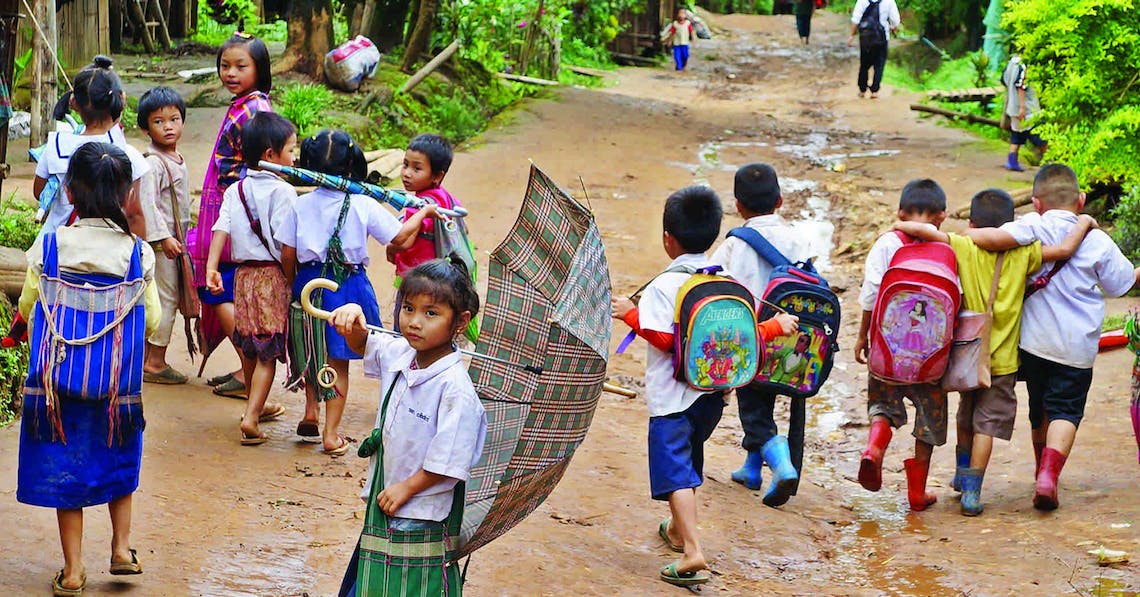“We would often be startled awake by sounds of distant gunshots,” said Paw Toh Ki, 65, a Karen refugee born in Por Toh village, southern Myanmar; who came to Thailand with her husband and nine children in 1994. “We heard of one neighbouring village after another being burnt to the ground, and lived in constant fear. I never knew what we did wrong to deserve this and didn’t understand why this was happening to people around us. But one day I heard loud shouting in our village. I thought it was going to be OK at first, until the first gunshots were fired. I was frozen in place, my legs wouldn’t move. My husband and children dragged me out the back of the village into the jungle; thankfully my husband had grabbed a knife, a pot and some rice. Other than that, the only things we carried were our children.”
“‘Run! Run! Run! Burma is here’, I heard from afar,” said Saw Pla Eh, 24, a fellow Karen from the same area who was 11 when he fled Myanmar. “My mum grabbed my sister, flung her onto her back and we joined the rest of the village in running for our lives.”
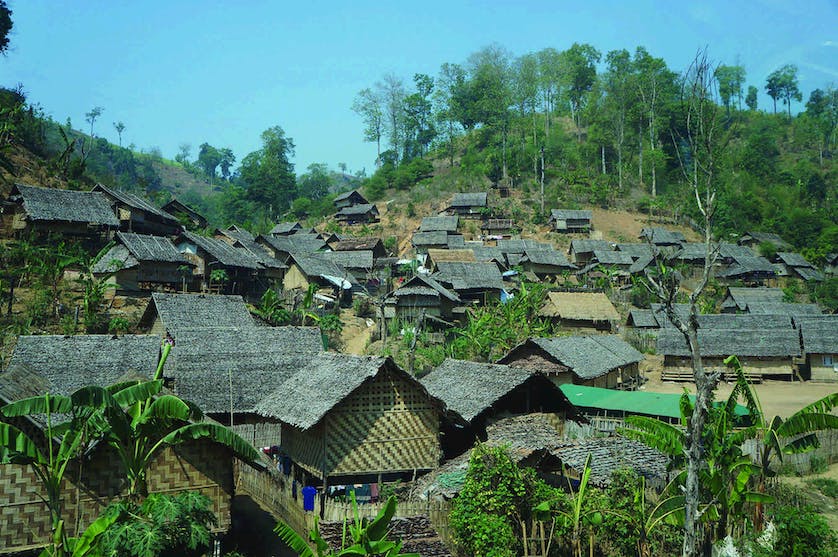
“My mother told me that my dad was in the jungle working as a mahout when Burma came,” said Dam, 23, a Karen refugee and current intern at Citylife. “She had time to grab a bag of rice, and my sister’s and my hand, before seeing her neighbour’s two sons being shot in front of her eyes. That is when she ran.”
“Not knowing where to go, our family wandered down to the nearby river, where it turns out others from our village had also come together through instinct,” continued Paw Toh Ki, who now lives in Minnesota, USA with her family. “A tall dark man — I have no idea who he was — told us that we were going to Thailand. We all simply followed. We walked up and down mountains, through jungles and across rivers for two weeks. We often starved ourselves to feed our children, but thankfully my husband was a good hunter and he would kill monkeys and deer along the way. We drank water from rivers and streams, and some of the people in our group contracted, and eventually died of, malaria.”
Saw Pla Eh’s family was less prepared, having no time to even grab shoes as they fled their home in 2004. “We found ourselves in a nearby village, where we stayed for a few days,” he said. “Thankfully they kindly gave us some supplies such as rice, but we still had no shoes nor change of clothing when we left to join a caravan of refugees to Thailand. At night, I remember my mother massaging my aching and sore feet, never once complaining about her own. I don’t recall her eating very much at all, but we didn’t starve because our mother always found us something. I do have memories of crouching in silence under the jungle foliage as sounds of gunfire erupted intermittently.”
Dam was only three years old when he fled Myanmar and has no recollection of his journey, though his mother told him that he was so gravely ill that he nearly died. He has since learned that his family was protected by Karen soldiers, but that there were many incidents of gunfire along the way and that they were very lucky to be alive.
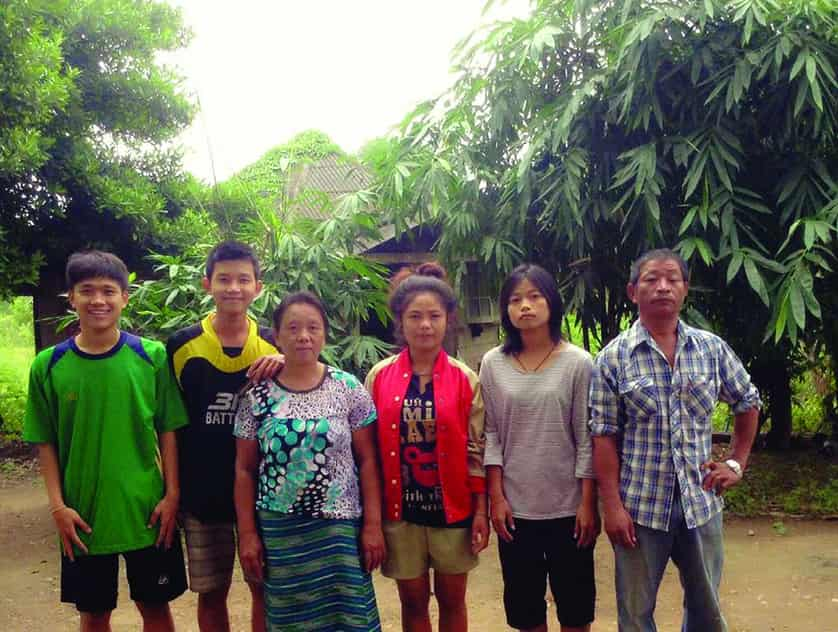
Paw Toh Ki had dreams of arriving in Thailand to a new life and new opportunities for her nine children: hopes of education, health and careers. Unfortunately she didn’t immediately end up in a refugee camp. Instead she found herself in a temporary illegal settlement where her family had to go into the jungle to find materials to build their home and beg for manual jobs while hiding from authorities. Whenever they saw a soldier or policeman, they would run into the jungle to hide, or risk fines well beyond their means. Some were luckier, such as Saw Pla Eh’s family who were comforted by the knowledge that they had relatives who were already waiting for them in refugee camps. Dam’s mother, though separated from her husband who remained unawares in the jungle for months until he found his way to his family, was similarly fortunate to have relatives in waiting.
“In the 1970s and ‘80s two million refugees fled into Thailand from Vietnam, Cambodia and Laos,” said Duncan McArthur, from The Border Consortium (TBC). “The United Nations managed the refugee camps on the eastern border, eventually resettling one million people in third countries and supporting the remainder’s return to their countries. However in 1984, when 6,000 Karen refugees crossed Thailand’s western border from Myanmar, the Thai government wanted to limit UN involvement. The Thai government allocated some forest land for the Karen to build bamboo huts and allowed church groups to provide basic food assistance, but it was all very low key and there was no sense that the camps would still be there over 30 years later.”
For centuries, the Karen, Karenni, Shan, Mon and other indigenous groups were like a buffer zone between rival Thai and Burman kingdoms. In the mid 1990s, a combination of military offensives and ceasefire agreements led to the collapse of this buffer. A new wave of refugees fled the fighting and around 40 refugee camps were established, but the offensives often spilled into Thailand and targeted these camps. In reponse, the Thai government consolidated the refugees into nine camps and increased restrictions on movement to improve border security. The United Nations High Commissioner for Refugees (UNHCR) was also invited to monitor the camps and promote refugee protection.
Early refugees like Dam’s mother and Paw Toh Ki recall days hunting and foraging in the jungles and being able to wander in and out of refugee camps seeking work: Dam’s mother eventually found work in Bangkok as domestic help and his father worked in the fishing industry in Cha-am, sending home money to their family.
“After the camp consolidation, however, the pressure on surrounding forests increased,” explained McArthur. “Refugees had previously been able to collect forest products to supplement food rations and build shelters, but this was not sustainab

Paw Toh Ki’s nine children spent two years in limbo before finding their way to Tham Hin refugee camp. “We lived in a settlement and struggled to find menial jobs, often being cheated by our employers, while evading authorities. The kids went to local schools, but soon dropped out because of the prejudice from teachers who told them that they had no future because they were Karen. It was very demoralising. But then we moved to the refugee camp and life became much better. We registered our names with the authorities and we were no longer hiding from the police. The children had education, there were hospitals to visit, Thai soldiers were there to protect us and we received the basic foods of rice, chilli, salt, shrimp paste, beans, oil and even wood for fire. Every morning I would wake up, cook breakfast, then the children would go and study music, weaving or English for free at any of the neighbours’ houses. Of course it wasn’t ideal. We were afraid to leave the camp and I often felt as though we were just waiting here to die, that I would never see home again.”
Dam has some memories of his three years in camp, most of them snippets of moments from his childhood. “I remember waiting in line with a can for the water, which would be turned on a few hours each day,” he said. “I also recall the treat that was our dessert — rice water with sugar. We hardly ever touched money and the opportunity for eating meat or sweets were few and far in between, usually only when a wealthy household would have a party, then they would be generous and give us all treats. There were some Thai merchants who would come in to sell goods and my friends and I would go and beg for scraps. Mum and dad would go out to work in neighbouring fields belonging to Thai Karen, making 50 or so baht each a day, which they tell me was enough for us all.”
Saw Pla Eh also recalls his years in camp without any rancour, talking about how he would go to school and learn in Karen and English, how he would be taught the history of Myanmar as well as of the Karen, and helping his mum sell her sweets to other refugees, earning ten to fifty baht per day. They were not idyllic days; there was no electricity, queues were long and their roof often leaked, but they had food, shelter and safety.

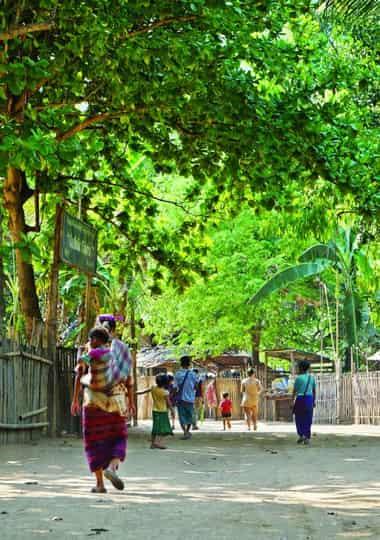
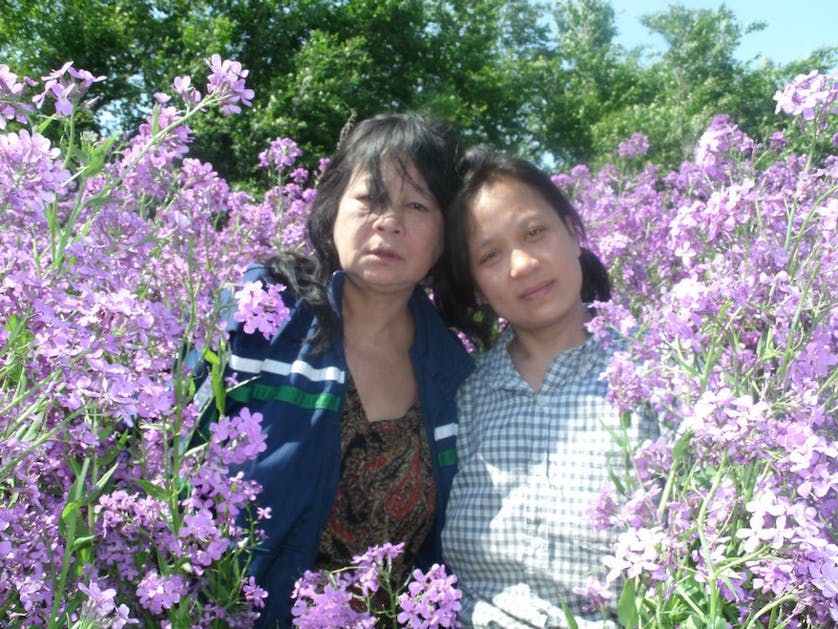
“Around 13,000 refugees have returned of their own accord during the past few years, but refugee return is not yet a political priority for the Burmese government or the ethnic armed groups. Support from local authorities will be essential in order to support group resettlement for those who don’t have anyone or anywhere to return to. However, its arguably even more important that refugees and local communities in areas of potential return are engaged in planning for resettlement and reintegration.”
Saw Pla Eh returned to Thailand with his Karen wife for the first time in 2016, taking a taxi to the camp from the airport in excitement to see his mother and sister for the first time in seven years. “I decided to surprise my mum,” he said. “It was a different experience coming back: I was now an Australian tourist, not a scruffy Karen refugee, and everyone, including flight attendants, treated me with respect. When I opened the door to our home, mum just stared at me and asked, ‘Is that you, son?’ and we cried and hugged, unable to speak for a long time. I couldn’t speak to her in Karen anymore, but I gave my sister a Barbie doll which made her very happy. I went shopping with them and then held a feast for the camp community where everyone got to eat and drink, like I did when the rich people used to hold parties in my youth. I never wanted to leave, but now I am determined to bring my mum and sister to Australia one day.”

Paw Toh Ki is now retired, supported by her many children. She enjoys Sundays when the Karen community of Minnesota come together in church for prayer, food and festivities, saying that her favourite time of the year is when they go carolling before Christmas to Karen houses in the area. Her community is strong and works hard to preserve both Karen culture and language. In December this year she will return to Thailand for the first time with her husband and two children.
“I will go straight to camp,” she said. “I want to see my friends and I feel like I will be going home. I hope to also go to Myanmar, but am not sure that is possible. If I did, I am afraid that I may run away and never return,” she laughed. “The only thing holding me here is my family. I dream of returning to the jungles. Even though I have been in the US for ten years, this is not home. If someone asked my advice on whether to go to a third country, I would tell them don’t. It is not home.”
